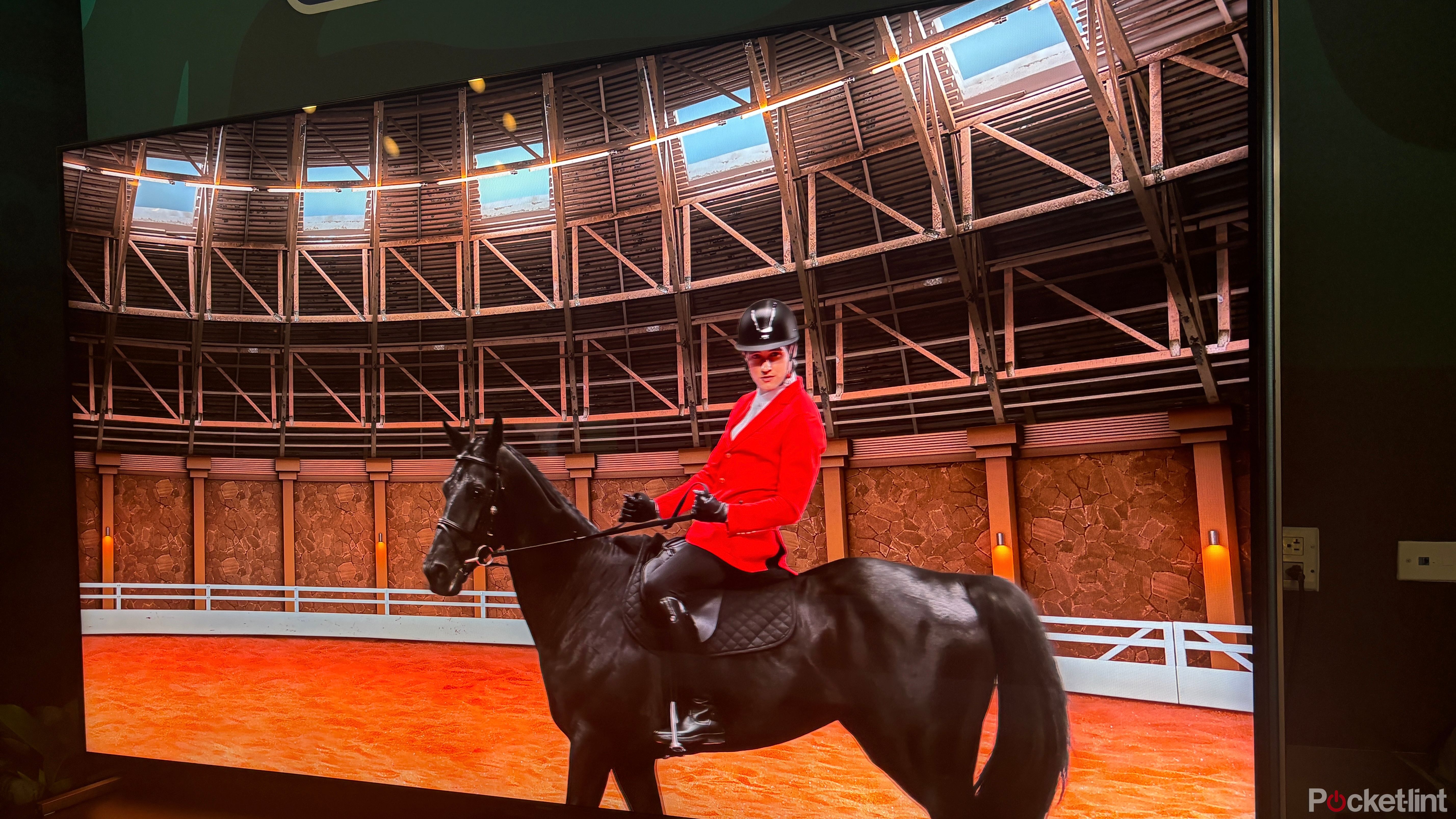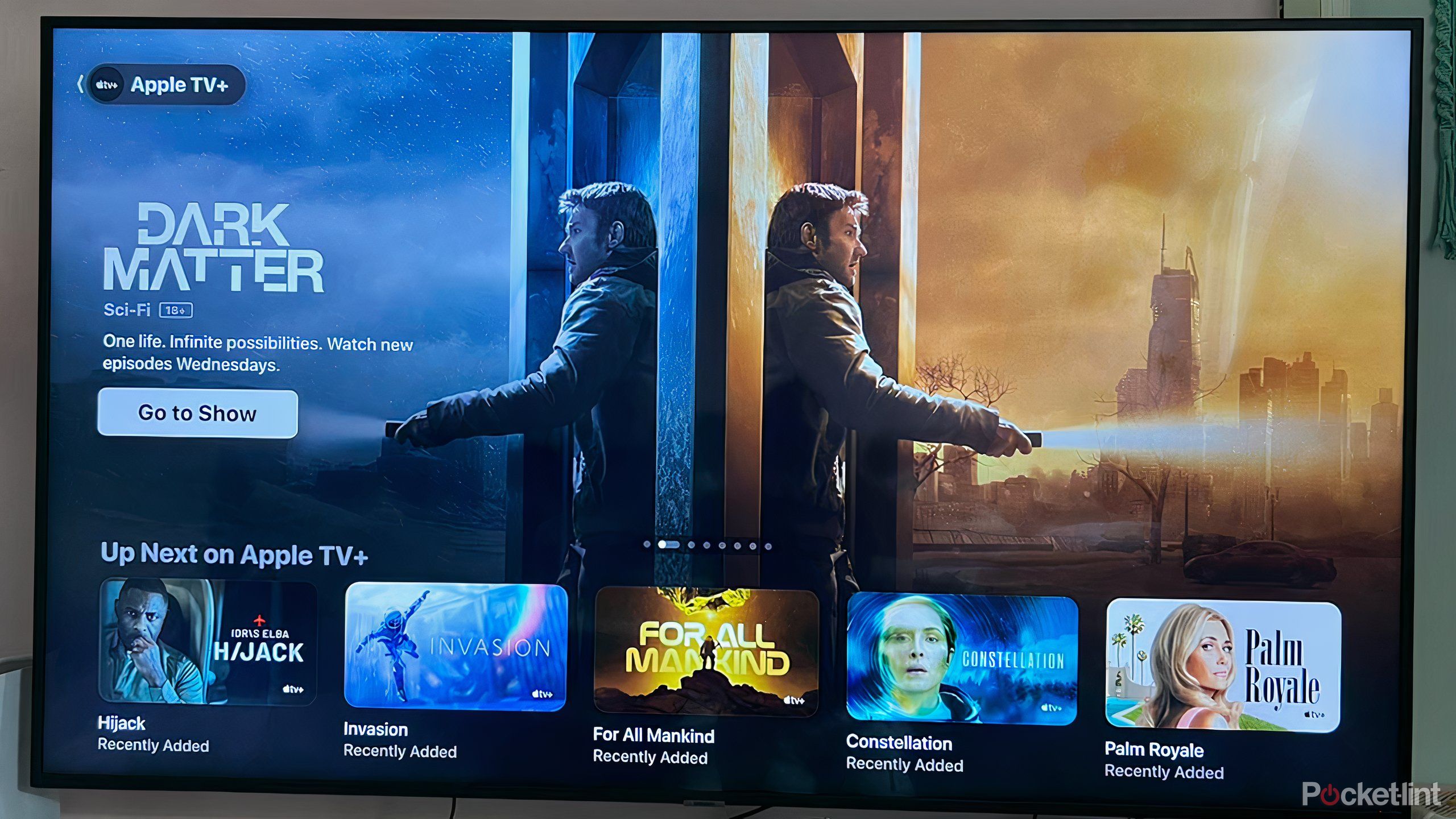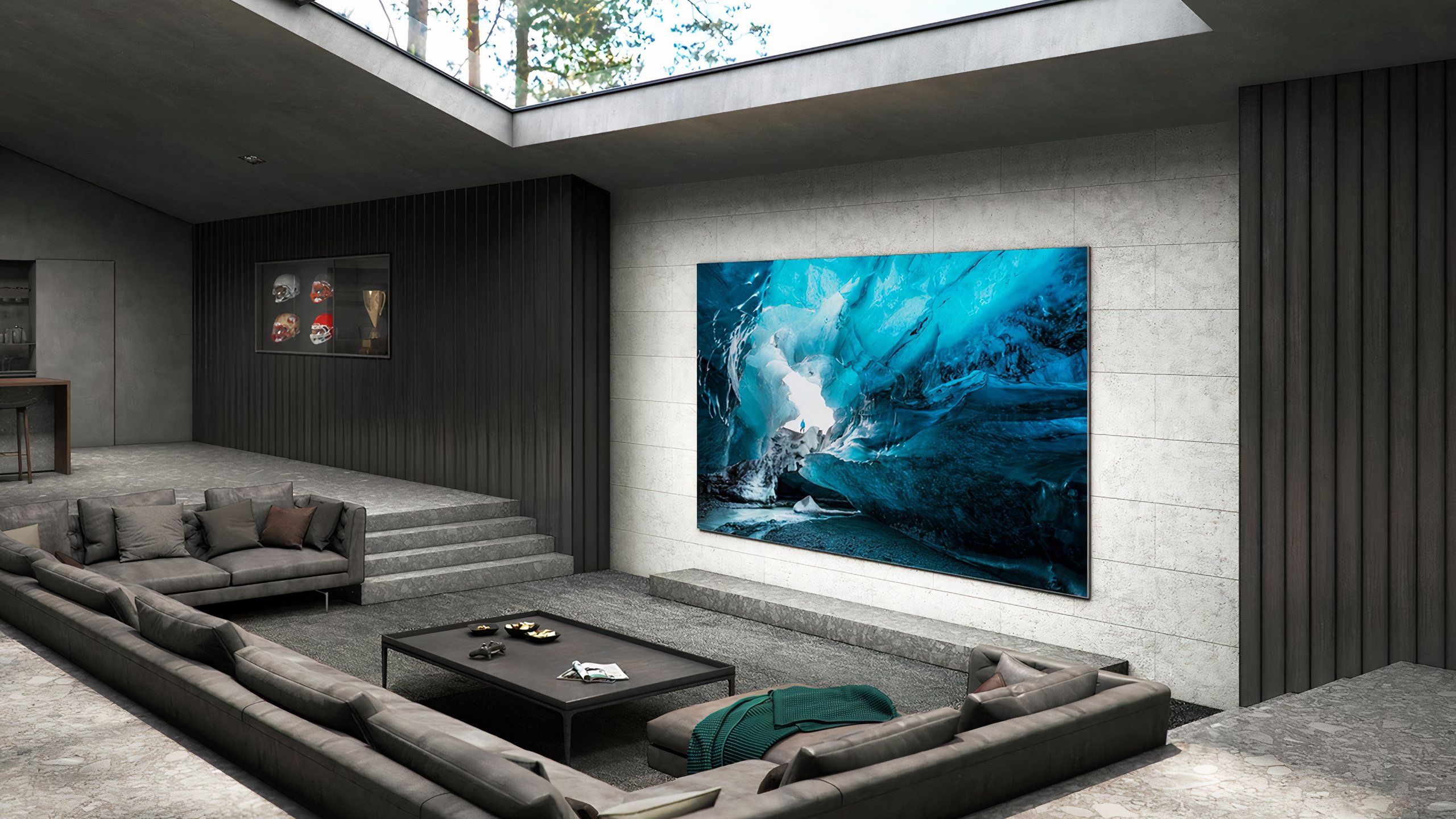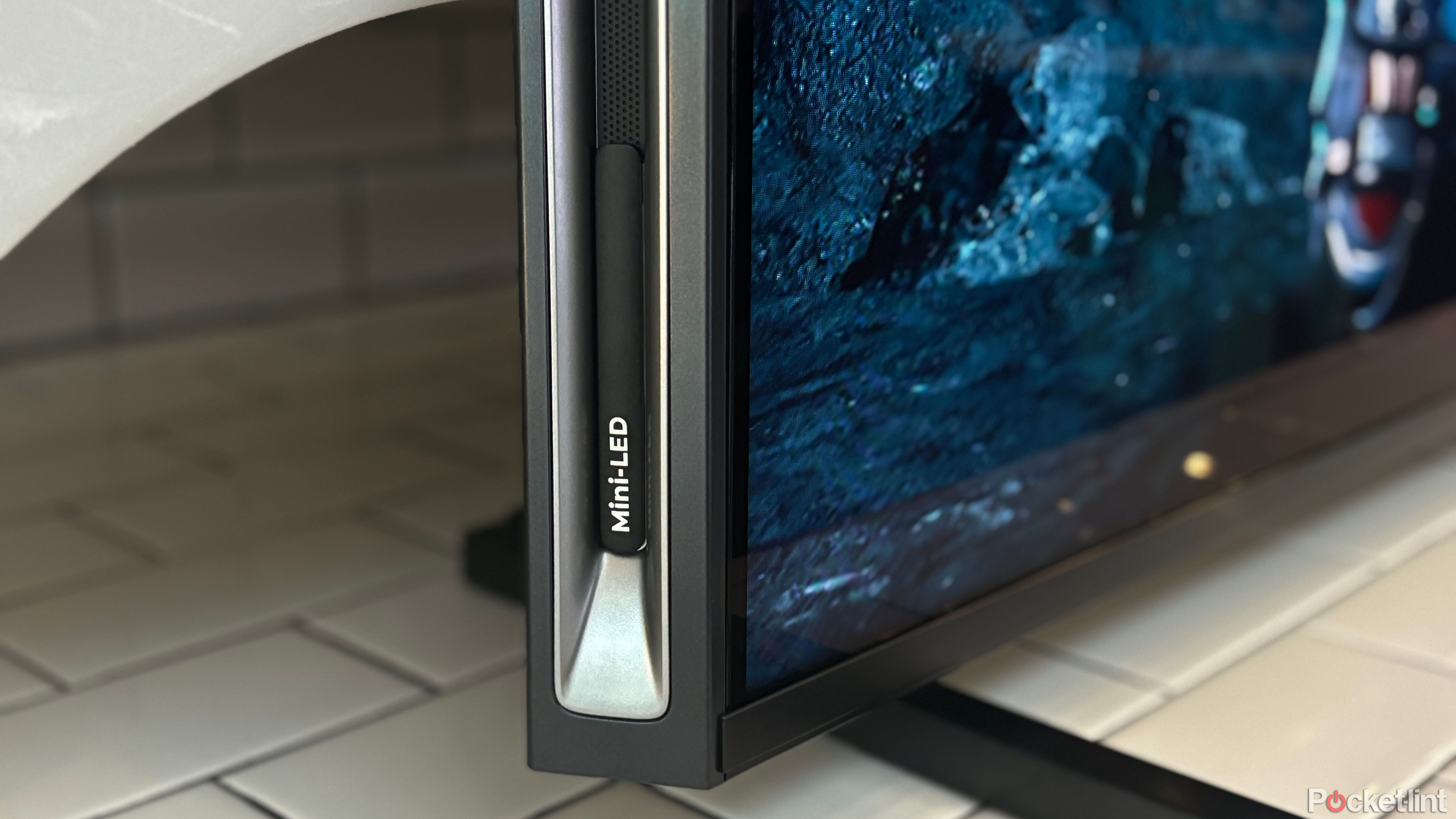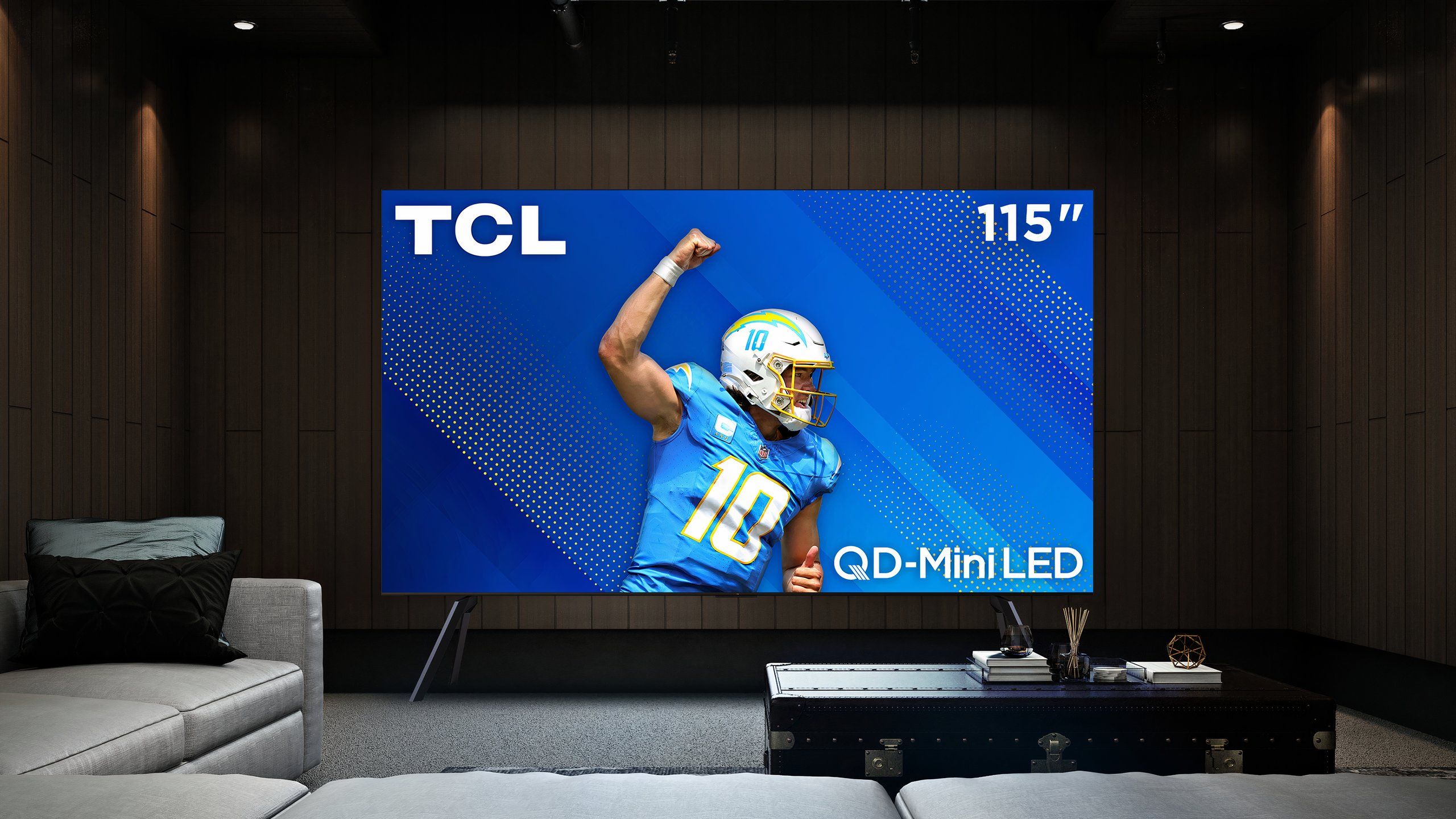Key Takeaways
- Mini-LEDs are still on the pricey side, but they offer advanced technology at a lower cost compared to OLED models.
- Mini-LED TVs can be found in more sizes by more companies.
- With high levels of brightness and worthy contrasts, mini-LED TVs are well-suited for a variety of content.
It seems that whenever one type of TV display is poised to dominate the market with the best picture quality possible, another innovation pops up and blurs the lines on what would make a clear winner. For years, OLED displays, with their emissive pixels and ability to achieve true blacks and stark contrasts, were pretty well ahead of their LED foes, even bright quantum-LED TVs, despite a high price.
While QLED TVs kept getting brighter and brighter, manufacturers went down a different path to improve contrast and compete with the standard set by OLED. You can thank that for leading up to the recent explosion of mini-LED TVs, which have much smaller lighting zones and can achieve contrast that comes closest to rivaling OLED screens.
Mini-LED TVs are increasingly ubiquitous, with models available from top manufacturers like Samsung, Sony, and LG, along with even more budget-friendly brands like Hisense and TCL. There are plenty of reasons why OLED TVs are worth your investment, but here’s why I think it’s worth considering mini-LED TVs before you make an OLED investment.
1 You want a big TV
Mini-LED is better when size matters
For anyone seeking a larger-sized TV to fit a big space, you’ll find more options and probably better luck with mini-LED TVs. That’s in part because OLED panels are expensive, and they become exponentially more expensive as they increase in size.
As OLED TVs are more expensive to make as they increase in size, and indeed cost more, they can also be somewhat harder to find. There may be inventory issues depending on the year it was made and the seller. There are certainly some large options available; LG has made some from 80-inches and up, for example, but considering price and inventory, you’ll likely have better luck, and find better value, going the mini-LED route.
2 Mini-LEDs are less pricey
Cost is high, but not that high
OLED TVs are more expensive than LED TVs of the same size, and sometimes even relative to LED TVs that are slightly bigger. This trend has held true for all types of LED display, from quantum-LED to more advanced Neo QLED TVs championed by Samsung. While mini-LED TVs are among the best LED TVs available, OLED models are still mighty expensive.
Mini-LED TVs aren’t exactly cheap either. You will be investing quite a bit, but it’s not as much as an OLED of the same size. The case gets a little trickier in terms of value, as both technologies seem poised to last a long time and provide a quality entertainment experience for many years to come. As mini-LED screens creep ever closer to the contrast offered by OLED screens, but never fully being able to achieve the same purity, it’s easy to argue that, for a bit less money, the mini-LED screen is more than worthy.
3 You watch a variety of content
Common ground for everything from House of Dragon to Summer House
There is a general divide between the kinds of content that OLED TVs and QLED TVs best serve. While it’s a bit oversimplified, OLED TVs tend to better support cinematic content, particularly originals made by the top streaming services, as well as prestige shows and films. Much of this type of content is shot with cinematic techniques that are better observed with an OLED TV, particularly one that offers a filmmaker mode or calibration service.
QLED TVs, meanwhile, with their impressive brightness and vivid colors, tend to support sports, reality shows, and more generally fare better. Mini-LED TV occupy a sort of common ground, with impressive contrast and bright imagery that is plenty worthy for just about every type of content. That means you can go from House of Dragon to Summer House to the NFL to Law & Order without really have to worry if what you’re watching will be recreated faithfully and accessibly.
The wide-ranging abilities of a mini-LED are plenty serviceable.
Of course, the best TVs of either group present content impressively, but for anyone who watches content from different sources, of different cinematic quality, and simply with different color or contrast, the wide-ranging abilities of a mini-LED are plenty serviceable.
4 You’re watching in a bright room
Mini-LED TVs combat light
Samsung
The ideal home entertainment setup involves a room without any ambient light (and just some bias lighting to prevent eye strain), in part because so much new content is filmed with the belief or hope it will be viewed in an actual theater. Newer content is big, dark, and created with advanced film-making techniques and special effects. For home viewers, however, it’s not possible to recreate that environment, particularly if you have large windows and plenty of sunlight around.
As mini-LED TVs boast impressive peak brightness, they will perform better for those who aren’t always able to recreate a theater-light experience in their home. They can better combat lighting coming into the room, and they are good at reducing glare (as are OLED TVs, for that matter).
5 More choice
Easier to find the right features
It’s easier and cheaper for companies to get into the mini-LED industry than it is to make OLED TVs, and it’s not just the top electronics companies that are making them. There are indeed more options now when it comes to OLED TVs than when they were in their early years, with Samsung, Sony, and some others following the lead championed by LG. Despite the relative infancy of mini-LED TVs, however, they are available from top brands as well as more budget-friendly and value brands like Hisense, TCL, and Roku.
Ultimately, Mini-LEDs are a major rival to OLED TVs now, and look to continue to push the boundaries of TV innovation.
Choice means a better chance at finding a sale or discount on the TV you want, and it also allows you to consider additional features, including the operating system, video and audio formats, and refresh rates.
6 You want a TV with a long lifespan
Mini-LED TVs will last
TCL
A new smart TV should last anywhere from three to five years before you start to notice any issues with brightness, uniformity, or processing power. But, the organic compounds that go into making OLED TVs generally have a shorter shelf life than the components that come together to make mini-LED TVs. This degradation won’t necessarily come too quickly, but you’ll be more likely to notice issues sooner with OLED screens than LED screens over time with regular usage.
Burn-in is not an issue with mini-LED TVs, since the screen is lit from behind.
There’s also the issue of burn-in with OLED screens, which isn’t as significant or common as it once was, but still something to consider when you’re investing in a TV. If you watch a lot of the same static show, basically anything with a logo or banner that remains on the screen regardless of the content, then the image may start to become permanent on the screen over a long period of time. It takes a while to happen, but once it does, it’s hard to escape, and you’ll find yourself in need of a new TV. Burn-in is not an issue with mini-LED TVs, since the screen is lit from behind.
There’s plenty that goes into finding the right TV for your viewing habits, but arguably nothing is more important than the screen and what it’s capable of achieving. Mini-LEDs are a major rival to OLED TVs now, and look to continue to push the boundaries of TV innovation.
Trending Products

Cooler Master MasterBox Q300L Micro-ATX Tower with Magnetic Design Dust Filter, Transparent Acrylic Side Panel, Adjustable I/O & Fully Ventilated Airflow, Black (MCB-Q300L-KANN-S00)

ASUS TUF Gaming GT301 ZAKU II Edition ATX mid-Tower Compact case with Tempered Glass Side Panel, Honeycomb Front Panel…

ASUS TUF Gaming GT501 Mid-Tower Computer Case for up to EATX Motherboards with USB 3.0 Front Panel Cases GT501/GRY/WITH Handle

be quiet! Pure Base 500DX ATX Mid Tower PC case | ARGB | 3 Pre-Installed Pure Wings 2 Fans | Tempered Glass Window | Black | BGW37

ASUS ROG Strix Helios GX601 White Edition RGB Mid-Tower Computer Case for ATX/EATX Motherboards with tempered glass, aluminum frame, GPU braces, 420mm radiator support and Aura Sync

CORSAIR 7000D AIRFLOW Full-Tower ATX PC Case â High-Airflow Front Panel â Spacious Interior â Easy Cable Management â 3x 140mm AirGuide Fans with PWM Repeater Included â Black


